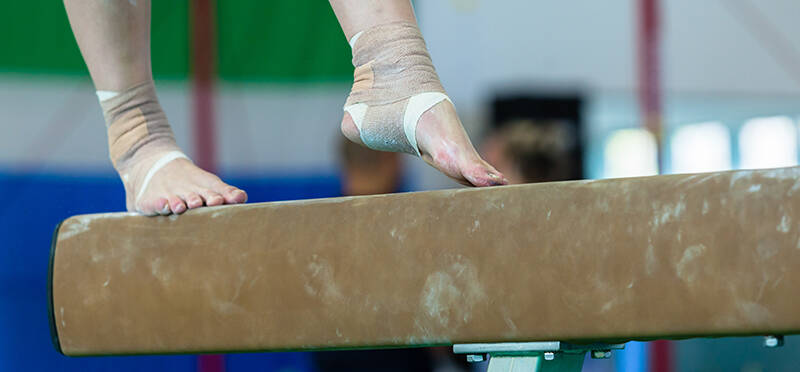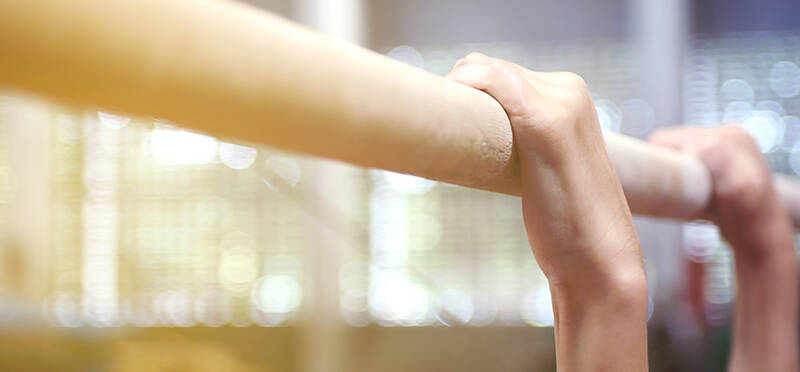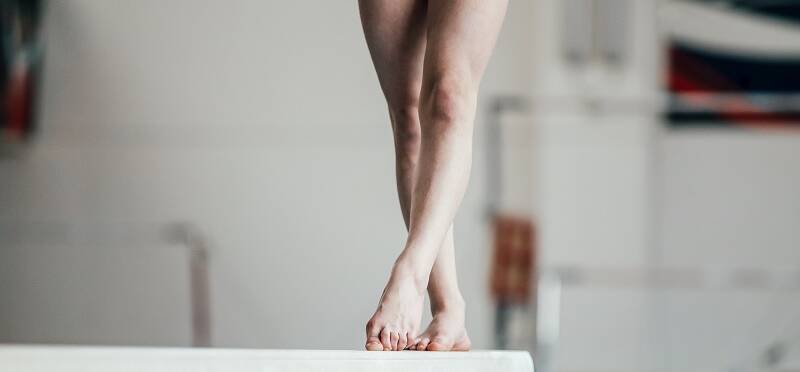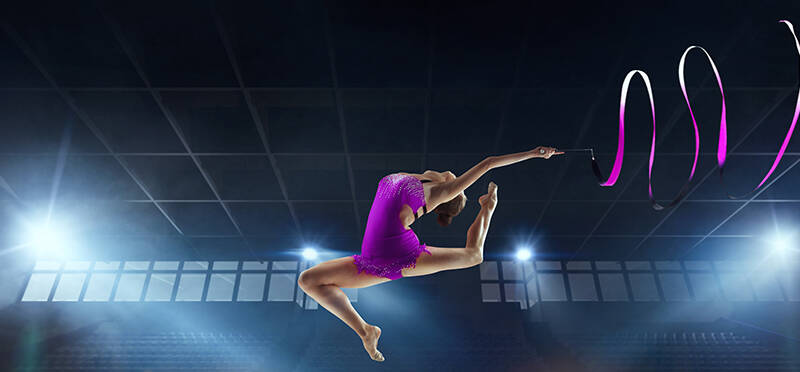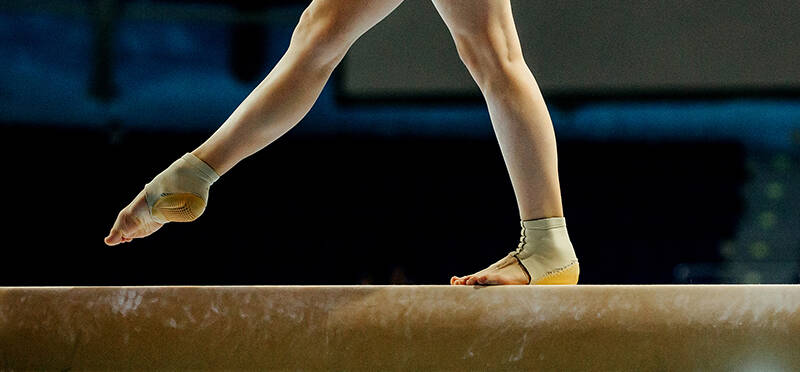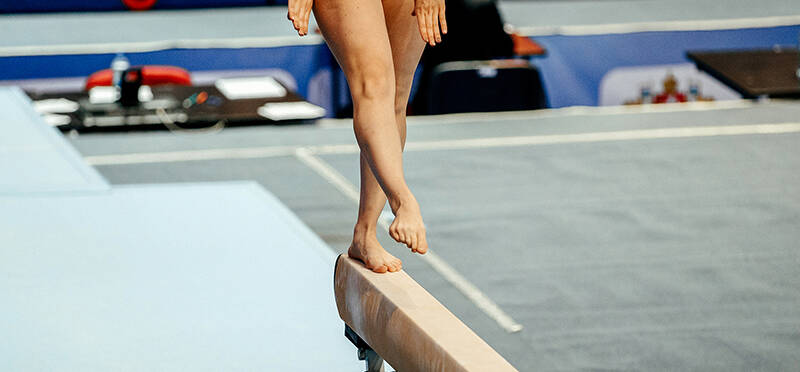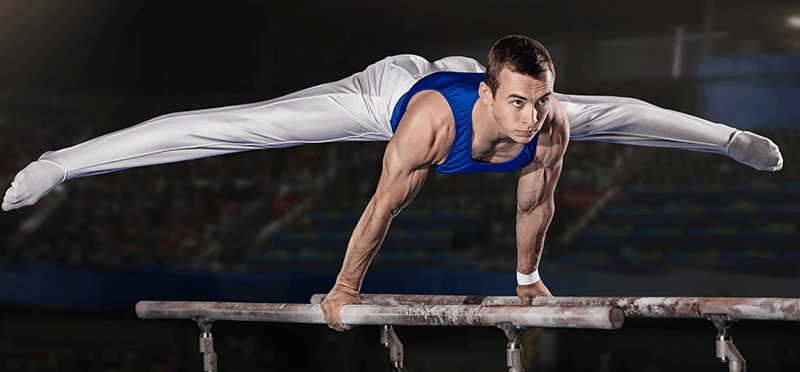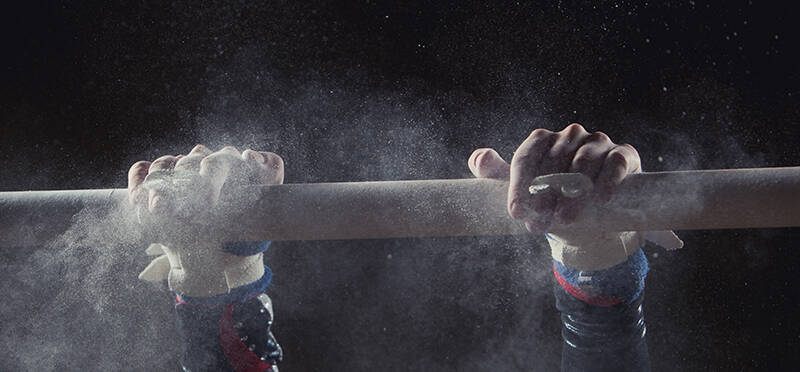Overuse Foot and Ankle Injuries in Gymnasts
Posted on September 14, 2022 by Tara Hackney, PT, DPT, OCS, KTTP
Foot and ankle injuries can occur during various sports, but a shoe or cleat may protect the foot from more...
(more…)




